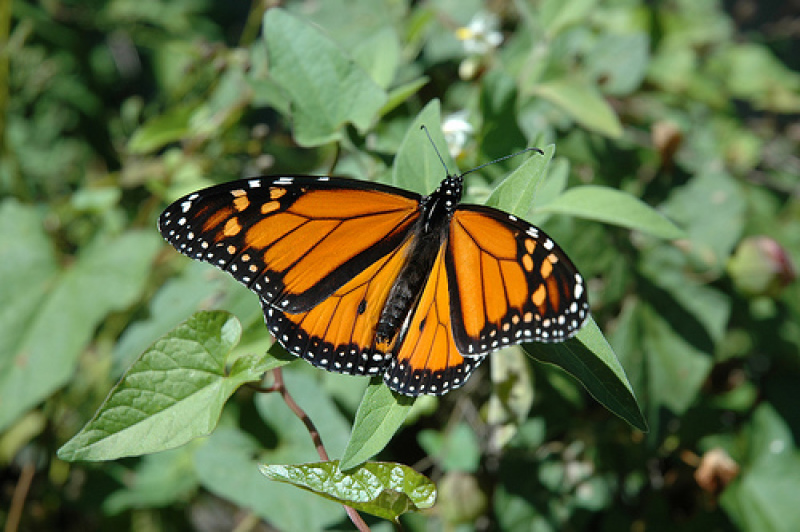
A petition launched by environmental groups warned that the monarch butterfly is in danger of extinction due to the massive drop in its global population, Forbes reported.
According to the environmentalists, the insect's population was previously at one billion. Recently, however, that number dropped to 35 million.
The petition, filed by the Center for Biological Diversity, Columbia University's Earth Institute, Xerces Society for Invertebrate Conservation and butterfly expert Dr. Lincoln Brower in August of 2014, called on the U.S. Fish and Wildlife Service (FWS) to conduct conservation efforts to protect the monarch butterfly under the Endangered Species Act.
Recently, the federal agency responded to the authors of the petition and said it will conduct its own investigation regarding the state of the monarch butterfly population, according to Discovery News.
By reviewing previously published reports regarding the butterflies, the FWS will decide if the species should be considered as endangered and protected through government action.
Tierra Curry, the Center for Biological Diversity's senior scientist, said the FWS' response reflects the seriousness of the situation.
"I think the agency's review is an acknowledgement of how much trouble [the monarch butterflies are- in and the effort that it's going to take to save them," Curry told Vice News.
For James Hansen, a climate scientist who works with the Earth Institute of Columbia University, the decrease in the insect's population is due to various factors.
"The major stress for monarchs is probably herbicides, but climate change is a contributing factor," he told the online news site.
Hansen noted that due to agricultural practices, the natural habitats of the butterflies are being converted into farmlands. Not only does this limit their mating options but also takes them away from their food source.
In addition, the chemicals used by farmers in herbicides and seriously threaten the health of the butterflies.
"I suspect that their numbers have passed a critical level that hampers reproduction during the annual migration, simply because there are not enough male-female encounters during the long journey," Hansen told Vice news.
"Even so, however, the number of migrating butterflies may recover over time if food - milkweed- and climate conditions improve," he added.



















